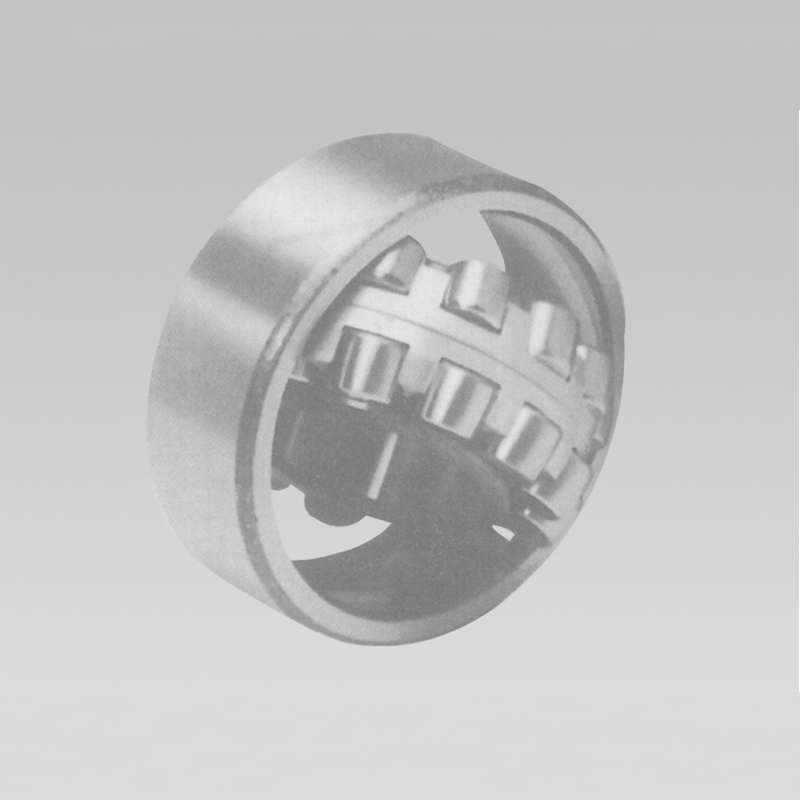
10 月 . 12, 2024 19:58 Back to list
taper roller bearing fitting
Understanding Taper Roller Bearing Fitting
Taper roller bearings are essential components in various machinery and mechanical systems, designed to handle both axial and radial loads effectively. The fitting of taper roller bearings is crucial for their performance and longevity, influencing the overall efficiency of the apparatus they are part of. This article provides an overview of taper roller bearing fitting, its importance, and best practices.
Taper roller bearings consist of an outer ring, inner ring, and tapered rollers, all designed to minimize friction and wear during operation. The conical shape of the rollers allows for a larger contact area, which leads to improved load distribution. These bearings are commonly found in automotive applications, industrial machinery, and even aerospace components due to their ability to withstand significant forces.
The fitting process for taper roller bearings is critical for achieving optimal performance. It involves precise alignment and correct clearance settings to ensure the bearings can operate smoothly. Misalignment can lead to uneven wear, increased friction, and ultimately, bearing failure. Therefore, it is crucial to follow specific guidelines when fitting these components.
First, it is essential to clean all bearing surfaces thoroughly before fitting. Any dirt, debris, or contamination can cause defects in lubrication and lead to premature bearing failure. After cleaning, a light coat of lubricant should be applied to the rollers and raceways to facilitate smoother installation.
taper roller bearing fitting

Next, the fitting tools should be selected carefully. Appropriate tooling, such as bearing presses and fixtures, can enhance the accuracy of the fitting process. Care should be taken to apply even pressure during installation to avoid damaging the bearing or its raceways. When fitting the inner ring onto a shaft, for example, it is important to ensure that the fit is snug but not overly tight, as this can lead to excessive friction and heat generation.
Another important aspect of taper roller bearing fitting is the adjustment of axial clearance. This clearance is vital for accommodating thermal expansion and maintaining optimal operational efficiency. The correct adjustment can typically be achieved through the use of shims or adjusting nuts, ensuring the bearing remains in proper contact with its raceways while allowing for movement.
Lastly, after fitting, it is advisable to perform a run-in period during which the bearing is subjected to operational loads gradually. This allows the bearing surfaces to conform to each other, reducing the likelihood of failure during normal operation.
In conclusion, the fitting of taper roller bearings is a meticulous process that significantly impacts their performance and lifespan. Proper cleaning, tool selection, and adjustment of axial clearance are essential steps in achieving a successful fit. By following best practices in the fitting process, engineers and technicians can ensure the reliability and efficiency of their machinery, ultimately leading to improved operational performance and reduced maintenance costs.
Latest news
-
Unlocking Efficiency with Spherical Roller Bearings
NewsOct.29,2024
-
The Ultimate Guide to Thrust Ball Bearings
NewsOct.29,2024
-
The Power of Thrust Roller Bearings: Engineered for Excellence
NewsOct.29,2024
-
The Power of Deep Groove Ball Bearings for Your Application Needs!
NewsOct.29,2024
-
The Power and Performance of Cylindrical Roller Bearings
NewsOct.29,2024
-
High-Quality Ball Bearing Manufacturing Machines
NewsOct.29,2024
